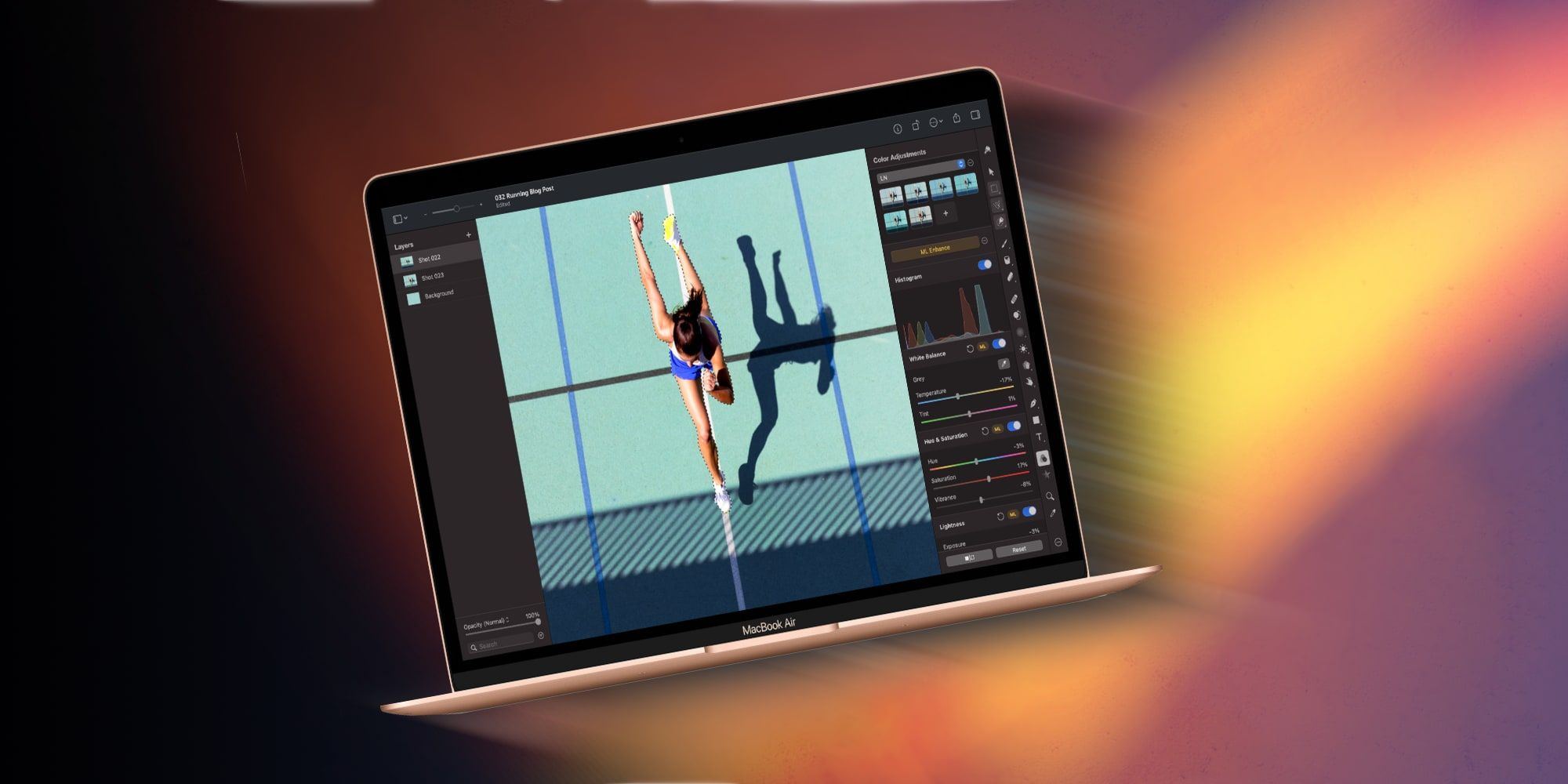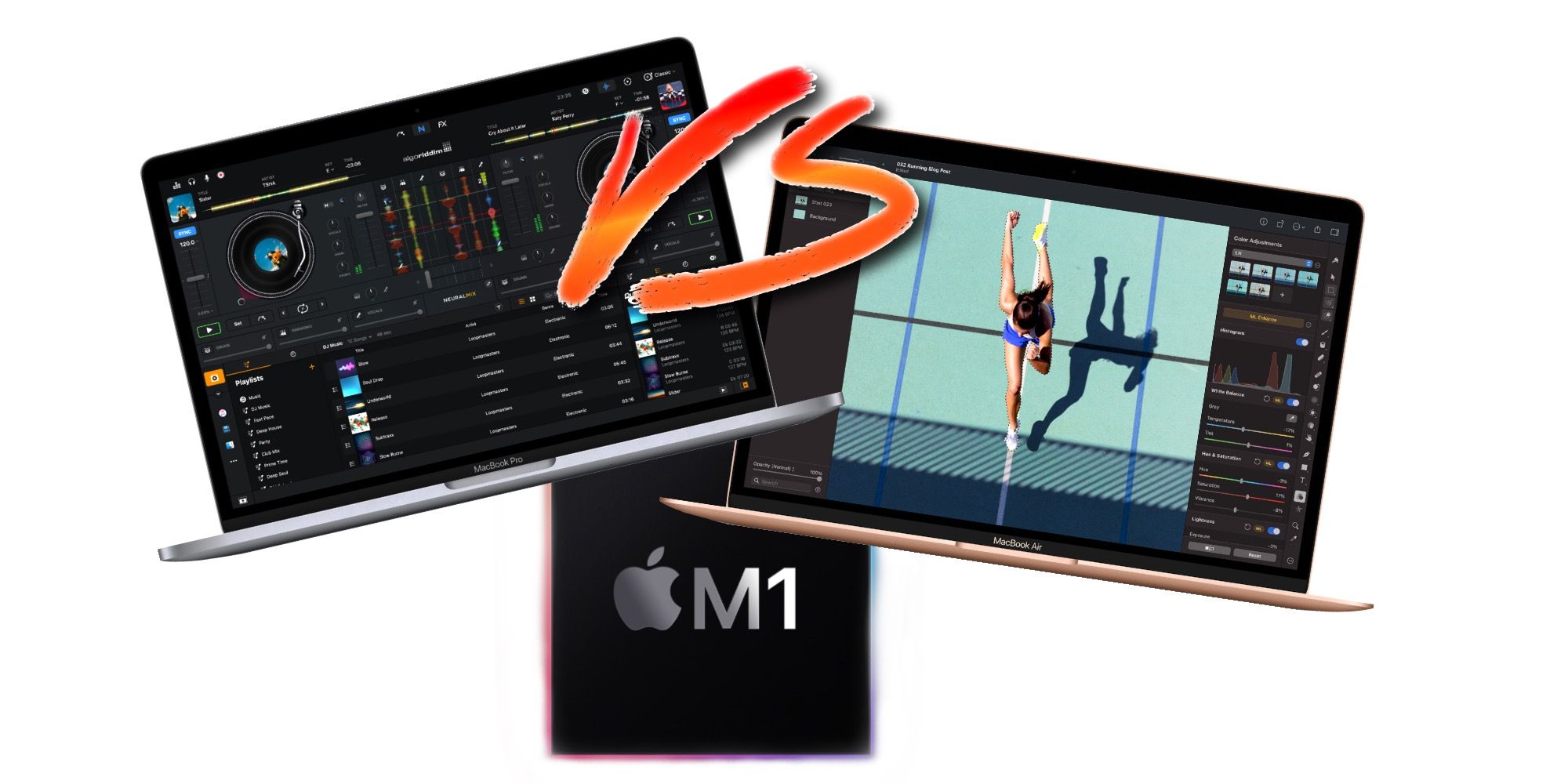
The M1 MacBook Air is a powerful laptop, but Apple could have made it even faster, as a recent $20 hack demonstrates. Of course, any computer user can benefit from higher performance, and at such a low cost, it sounds like a great idea. However, there are some reasons to proceed with caution despite the intriguing possibilities.
Apple introduced the latest MacBook Air as part of the first generation of its Apple Silicon chips. Boasting a 20-hour battery life, Apple worked some chip magic to make this one of the most efficient and low-temperature laptop processor designs in the world. The new laptop was also incredibly fast, demolishing the previous generation, which was based on an Intel processor. It was almost as fast as the more expensive M1 MacBook Pro model.
It was recently discovered that a simple modification of the M1 MacBook Air could expand its potential speed to rival that of its more pricey sibling, the M1 MacBook Pro. The trick involves opening the case and adding an inexpensive, passive cooling material known as a thermal pad, which costs about $20. YouTube channel High on Tech posted a video showing how a few thermal pads can be cut and placed in an air gap to transfer excess heat from internal components to the outer aluminum case, distributing and cooling the MacBook Air quick enough to prevent thermal throttling.

After inserting thermal pads to fill the space in the M1 MacBook Air's case, Apple's lowest-cost laptop reached 99.4-percent of the speed of an M1 MacBook Pro, scoring 7718 versus 7764 on a 10-minute multi-core Cinebench R23 test. For comparison, the M1 MacBook Air scored 6418 on a 30-minute test, and the Pro model reached 7734, a 20-percent performance boost. It's unfortunate that the length of the benchmark was changed between tests but still shows that the hack provides significant benefits in processor cooling and speed enhancement.
Unfortunately, there are some downsides. Most notably, the bottom of the M1 MacBook Air will get much hotter, over 138 degrees Fahrenheit in the demonstration. This would be uncomfortable on the lap. There might also be some unexpected side effects from distributing heat in a way that Apple didn't plan for. A special screwdriver is needed to open the case, along with the thermal pads, and both are inexpensive. However, opening the case and modifying the M1 MacBook Air will void Apple's warranty, making this low-cost performance hack a bit risky.
Source: High on Tech/YouTube
from ScreenRant - Feed https://ift.tt/3lmCnCf



0 Comments